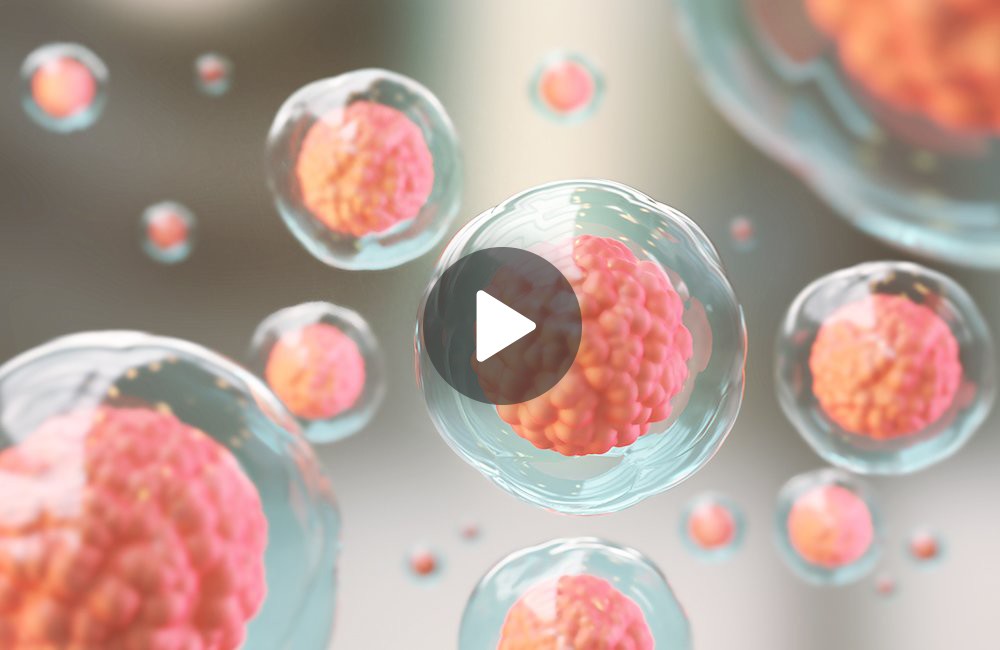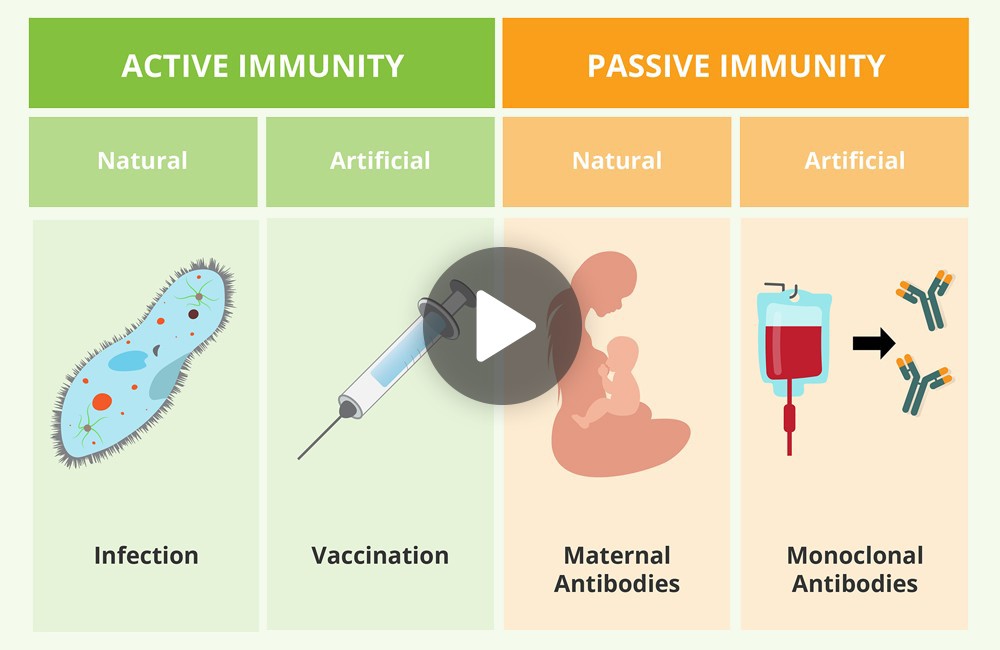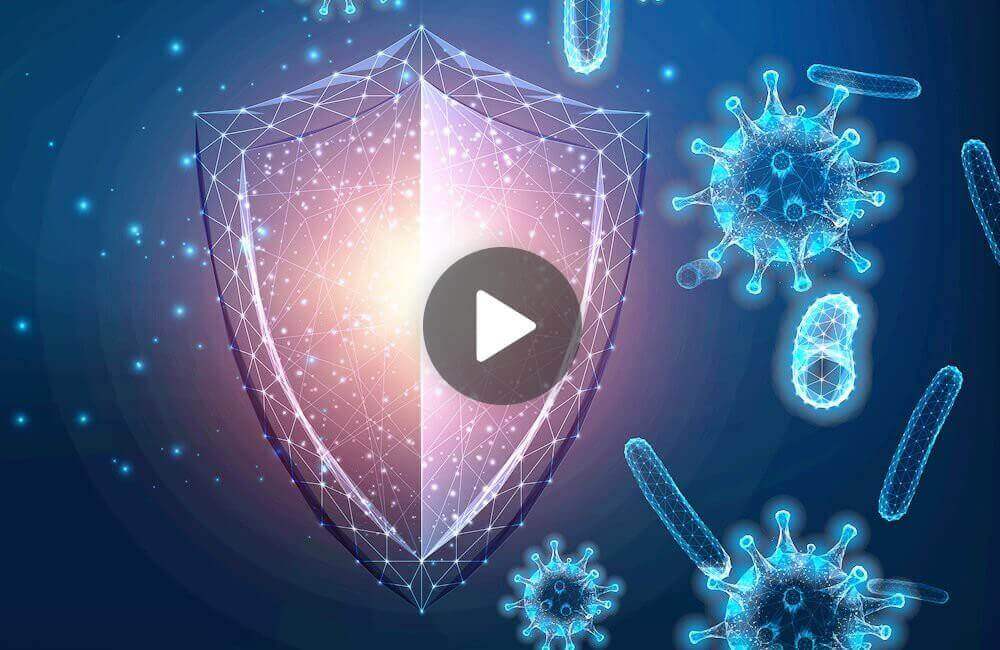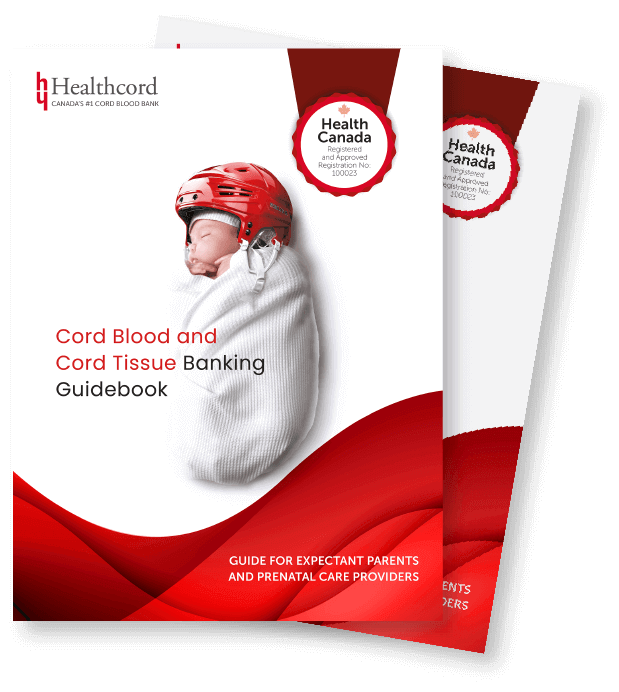Healthcord Webinar Series
Can the aging immune system be rejuvenated?
Duration
6:00 minutes
Category
Stem cell therapy
Series
Immunity and aging
Objective
Educational
What you will learn
- Aging of the immune system with age
- Can stem cells be use to rejuvenate the immune system?
- A case for cord blood stem cells for restoring immunity
- Ways to restore the immune system
- Potential sources of stem cells for cell therapy
Can the aging immune system be rejuvenated?
This lesson delves into how researchers around the world are looking at restoring the aging immune system.
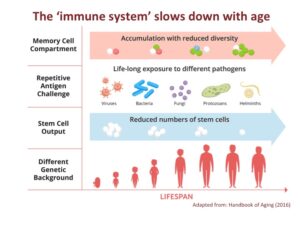 Every day we are exposed to pathogens in the environment. Luckily our immune system can recognize these pathogens and destroy them before they can take over our bodies. This is why having a robust immune system is key to being able to adequately respond to infections.
Every day we are exposed to pathogens in the environment. Luckily our immune system can recognize these pathogens and destroy them before they can take over our bodies. This is why having a robust immune system is key to being able to adequately respond to infections.
We already highlighted how our immune systems change as we age in one of our previous lessons. Some of these changes include the loss of diversity in the memory cell compartment, a reduction in stem cell number and DNA changes in our stem cells. All of these changes can affect the robustness and capacity of the immune system.
You can explore the lesson on immunity and aging to learn more about this topic.
This webinar focuses on the question, how do we solve the problem of the aging immune system? This is a much sought after area of research.
Researchers are investigating several different methods for rejuvenating the immune system from vaccines to metabolic reprogramming. We will examine one of these avenues revitalizing stem cells in more detail.
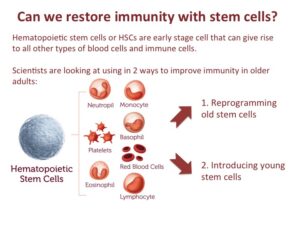 Many scientists postulate that hematopoietic stem cells (HSCs) hold the key to restoring the immune system. Hematopoietic stem cells are found in our bone marrow. They give rise to many different types of immune cells in the body. As a reminder, these stem cells grow ‘age’ as we age and their number decreases with age.
Many scientists postulate that hematopoietic stem cells (HSCs) hold the key to restoring the immune system. Hematopoietic stem cells are found in our bone marrow. They give rise to many different types of immune cells in the body. As a reminder, these stem cells grow ‘age’ as we age and their number decreases with age.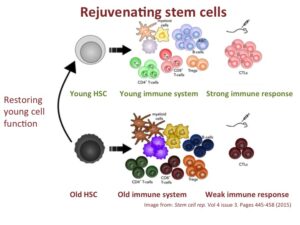 Rejuvenation studies are based on the notion that old and young HSCs and immune systems appear different. Scientists are keen to identify methods for reprogramming an aged immune system and revert it to its youthful stage.
Rejuvenation studies are based on the notion that old and young HSCs and immune systems appear different. Scientists are keen to identify methods for reprogramming an aged immune system and revert it to its youthful stage.According to the results from these experiments, mice that received young stem cells developed immune systems that resembled the immune system of a young mouse.
Similarly, mice that received old stem cells developed immune systems that resembled the immune system of an old mouse. This implies that hematopoietic stem cells are the key to the aging of the immune system.
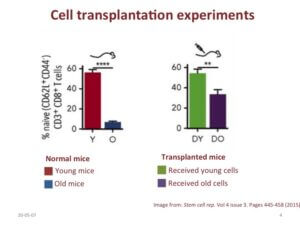
More promising evidence for rejuvenation comes from parabiosis experiments in mice. In these experiments, the blood supplies of a young and an old mouse are fused such that they share the circulatory systems.
Data from multiple parabiosis experiments suggest that the fusion revives the cells and tissues of an old mouse. In essence, the young blood revived the old blood.
Physicians have been using hematopoietic stem cell transplants for more than 60 years for treating diseases such as cancers, blood disorders and immune system disorders.
Many clinical trials are looking to extend the potential of using stem cell transplants to treat several other diseases.
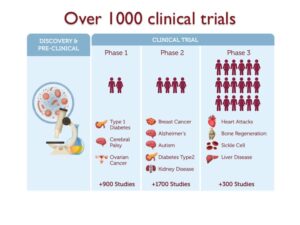 If stem cell transplants were to become an option for rejuvenating hematopoietic stem cell population and, in turn, our immune systems in the future, there are three primary sources of stem cells we can consider: bone marrow stem cells , induced pluripotent or iPS cells and cord blood stem cells.
If stem cell transplants were to become an option for rejuvenating hematopoietic stem cell population and, in turn, our immune systems in the future, there are three primary sources of stem cells we can consider: bone marrow stem cells , induced pluripotent or iPS cells and cord blood stem cells.
Potential limitations involved with using bone marrow include the fact that donating bone marrow requires surgery, and of course, the fact that these cells will have to come from younger donors.
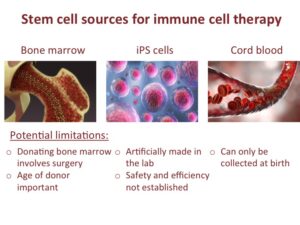 Induced pluripotent cells (iPS) cells are artificially made in the lab by reverse engineering adult cells. While they have been useful for stem cell research whether they are safe and effective to be for cell therapy remains to be established
Induced pluripotent cells (iPS) cells are artificially made in the lab by reverse engineering adult cells. While they have been useful for stem cell research whether they are safe and effective to be for cell therapy remains to be established
Cord blood is the blood left in the umbilical cord after a baby is born. We know now that cord blood contains hematopoietic stem cells, making it a valuable source explored for the use in stem cell therapy. The problem with these cells is that they are only available at birth.
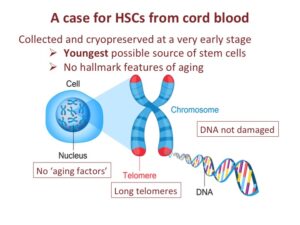 Of these three sources, cord blood is likely the best candidate for cell therapy, and here’s why. Cord blood is collected and cryopreserved at birth. This makes them the youngest possible stem cell source available.
Of these three sources, cord blood is likely the best candidate for cell therapy, and here’s why. Cord blood is collected and cryopreserved at birth. This makes them the youngest possible stem cell source available.
These cells will have no aging factors, have minimal damage to their DNA and have long telomeres. As you saw in earlier stem cell transplant experiments, having a young hematopoietic stem cell source is vital for rejuvenating an immature immune system.
In summary, a strong immune system is key to fighting off infections and that our immune systems change with age. This immunosenescence makes us more susceptible to infections. It is one reason why the seasonal flu and other infections can be life-threatening to the elderly.
We also highlighted promising studies exploring the possibility of restoring the stem cell population, more specifically the hematopoietic stem cell population, to revive the immune system.
Will stem cell transplants become one of the solutions to reviving immune function? We will have to wait and find out what the future holds.
More topics you might like
Continue your journey by selecting another topic.
What are newborn stem cells and why are they important?
3:45 minutes | Stem cell basics
Understand the different types of stem cell transplants.
5:30 minutes | Stem cell basics
Find out more about how our immune systems change with age
4:30 minutes | Stem cell therapy
A Precious Gift of a Lifetime
Registering for stem cell banking takes only a few minutes.
A Precious Gift of a Lifetime
Registering for stem cell banking takes only a few minutes.



